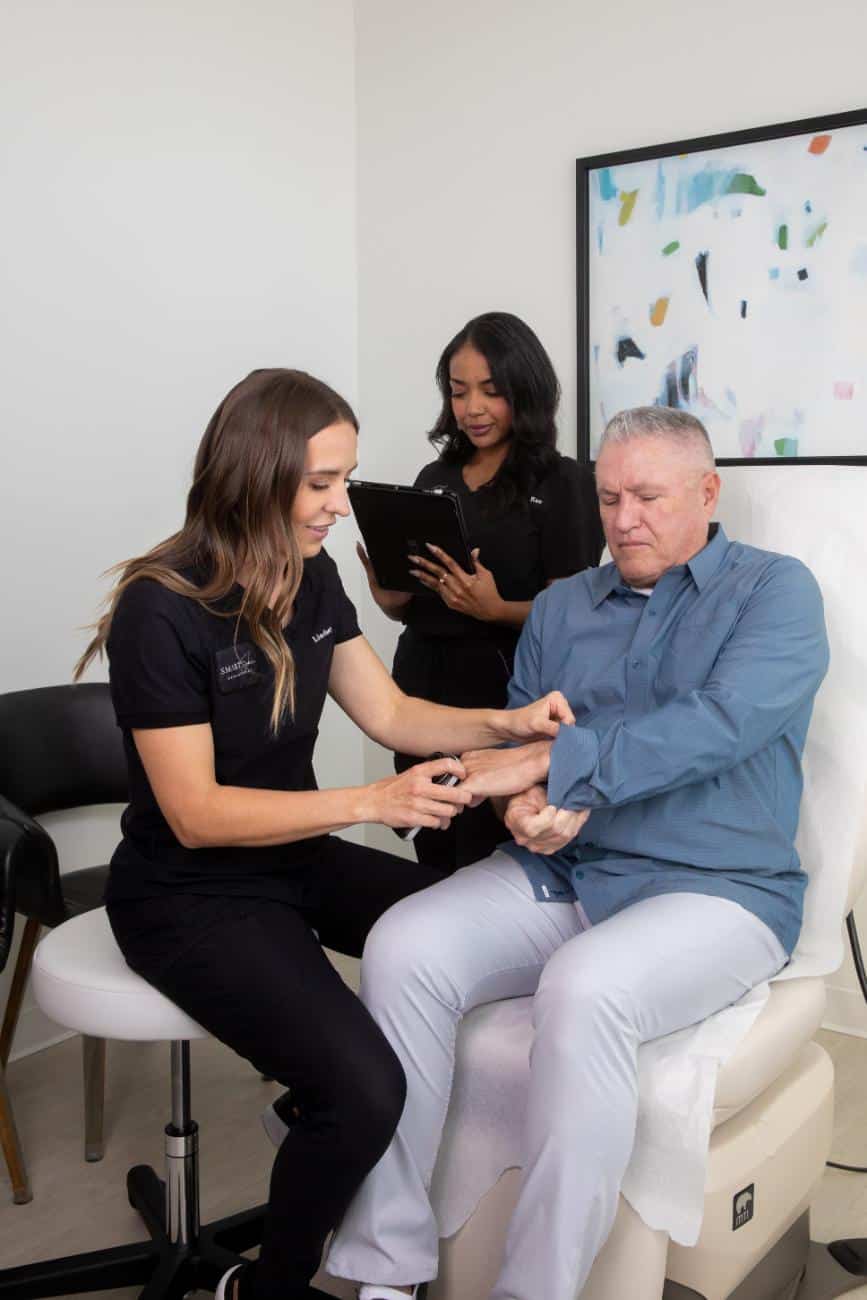Demystifying the Mole Maze: Why Diagnosis Matters at Smart Skin Dermatology
Why We Take Mole Diagnosis Seriously
Melanoma's Deadly Threat
Beyond the Surface
A Maze of Misconceptions

Welcome to the all-new Smart Skin website!
Explore Specific Concerns:
